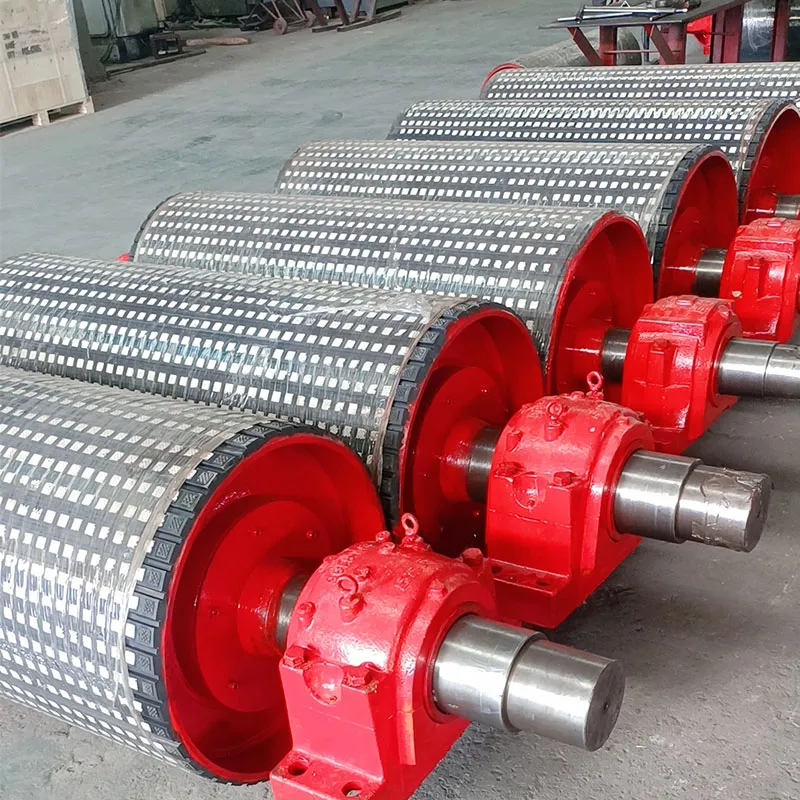 Afrikaans
Afrikaans  Albanian
Albanian  Amharic
Amharic  Arabic
Arabic  Armenian
Armenian  Azerbaijani
Azerbaijani  Basque
Basque  Belarusian
Belarusian  Bengali
Bengali  Bosnian
Bosnian  Bulgarian
Bulgarian  Catalan
Catalan  Cebuano
Cebuano  Corsican
Corsican  Croatian
Croatian  Czech
Czech  Danish
Danish  Dutch
Dutch  English
English  Esperanto
Esperanto  Estonian
Estonian  Finnish
Finnish  French
French  Frisian
Frisian  Galician
Galician  Georgian
Georgian  German
German  Greek
Greek  Gujarati
Gujarati  Haitian Creole
Haitian Creole  hausa
hausa  hawaiian
hawaiian  Hebrew
Hebrew  Hindi
Hindi  Miao
Miao  Hungarian
Hungarian  Icelandic
Icelandic  igbo
igbo  Indonesian
Indonesian  irish
irish  Italian
Italian  Japanese
Japanese  Javanese
Javanese  Kannada
Kannada  kazakh
kazakh  Khmer
Khmer  Rwandese
Rwandese  Korean
Korean  Kurdish
Kurdish  Kyrgyz
Kyrgyz  Lao
Lao  Latin
Latin  Latvian
Latvian  Lithuanian
Lithuanian  Luxembourgish
Luxembourgish  Macedonian
Macedonian  Malgashi
Malgashi  Malay
Malay  Malayalam
Malayalam  Maltese
Maltese  Maori
Maori  Marathi
Marathi  Mongolian
Mongolian  Myanmar
Myanmar  Nepali
Nepali  Norwegian
Norwegian  Norwegian
Norwegian  Occitan
Occitan  Pashto
Pashto  Persian
Persian  Polish
Polish  Portuguese
Portuguese  Punjabi
Punjabi  Romanian
Romanian  Russian
Russian  Samoan
Samoan  Scottish Gaelic
Scottish Gaelic  Serbian
Serbian  Sesotho
Sesotho  Shona
Shona  Sindhi
Sindhi  Sinhala
Sinhala  Slovak
Slovak  Slovenian
Slovenian  Somali
Somali  Spanish
Spanish  Sundanese
Sundanese  Swahili
Swahili  Swedish
Swedish  Tagalog
Tagalog  Tajik
Tajik  Tamil
Tamil  Tatar
Tatar  Telugu
Telugu  Thai
Thai  Turkish
Turkish  Turkmen
Turkmen  Ukrainian
Ukrainian  Urdu
Urdu  Uighur
Uighur  Uzbek
Uzbek  Vietnamese
Vietnamese  Welsh
Welsh  Bantu
Bantu  Yiddish
Yiddish  Yoruba
Yoruba  Zulu
Zulu head pulley tail pulley for belt conveyor
Head Pulley and Tail Pulley for Belt Conveyors
Belt conveyors are essential components in various industries, offering efficient and reliable methods for transporting materials. Two critical elements of a belt conveyor system are the head pulley and tail pulley, each serving unique functions that contribute to the overall operation of the conveyor. Understanding these components is crucial for optimizing conveyor performance and ensuring a smooth material handling process.
Head Pulley The Driving Force
The head pulley, also known as the drive pulley, is located at the discharge end of the conveyor system. It plays a pivotal role in driving the belt forward, facilitating the movement of materials along the conveyor. The head pulley is typically powered by an electric motor through a series of belts and gear systems, translating the motor's energy into rotational motion.
One of the key functions of the head pulley is to maintain tension in the conveyor belt. Proper belt tension is critical for a variety of reasons it prevents slippage, reduces wear on both the belt and the pulleys, and ensures a consistent flow of materials. If the tension is too loose, the belt may slip, leading to inefficiencies and potential damage. Conversely, excessive tension can cause premature wear and tear.
Another important characteristic of the head pulley is its design. Depending on the application, head pulleys can come in different styles, such as smooth or crowned pulleys. Smooth pulleys provide a flat surface for the belt, while crowned pulleys are slightly curved, which helps to keep the belt centered during operation. The choice of pulley type can significantly affect the performance and lifespan of the conveyor system.
Tail Pulley Supporting the System
head pulley tail pulley for belt conveyor

At the opposite end of the conveyor lies the tail pulley, which primarily serves as a support structure for the conveyor belt. The tail pulley is crucial for maintaining the belt's alignment and preventing sagging, which could lead to material spillage and inefficiencies. Unlike the head pulley, the tail pulley is not driven by a motor; instead, it allows the belt to return to its starting position after materials have been discharged.
The tail pulley also plays a role in tensioning, particularly in systems with automatic tension adjustment features. Some tail pulley designs incorporate take-up units that allow users to make fine adjustments to the belt’s tension, ensuring optimal performance throughout the conveyor's operational lifespan.
Importance of Pulley Materials and Maintenance
Both head and tail pulleys are typically constructed from durable materials to withstand the stresses of continuous operation. Common materials include steel, rubber, and various alloys, which are chosen based on the specific application and environmental conditions. For instance, corrosion-resistant materials may be necessary in wet or harsh environments, whereas rubber-coated pulleys can enhance traction and reduce noise levels.
Regular maintenance of both the head and tail pulleys is essential to maximize their operational life and ensure reliability. This includes periodic inspection for wear and tear, tightening of loose components, and lubrication of moving parts. Neglecting maintenance can lead to increased downtime, costly repairs, and even safety hazards.
Conclusion
In summary, the head and tail pulleys are integral components of belt conveyors, each with distinct roles that contribute to the overall functionality of the system. The head pulley drives the belt and controls tension, while the tail pulley provides support and helps maintain proper alignment. Understanding the importance of these pulleys, choosing the right materials, and committing to regular maintenance can significantly enhance the efficiency and longevity of belt conveyor systems. As industries continue to rely on automated material handling solutions, the role of these pulleys will remain crucial in streamlining operations and boosting productivity.
-
Trusted Conveyor Solutions from Leading Conveyor Idler Roller ManufacturersNewsJun.27,2025
-
Reliable Return Idler Solutions for Efficient Belt Conveyor SystemsNewsJun.27,2025
-
Precision Conveyor Accessories for Streamlined Material HandlingNewsJun.27,2025
-
High-Quality Belt Conveyor Idler Solutions for Efficient Material HandlingNewsJun.27,2025
-
High-Performance Belt Conveyor Pulleys for Reliable Material HandlingNewsJun.27,2025
-
Enhancing Material Handling EfficiencyNewsJun.27,2025





























